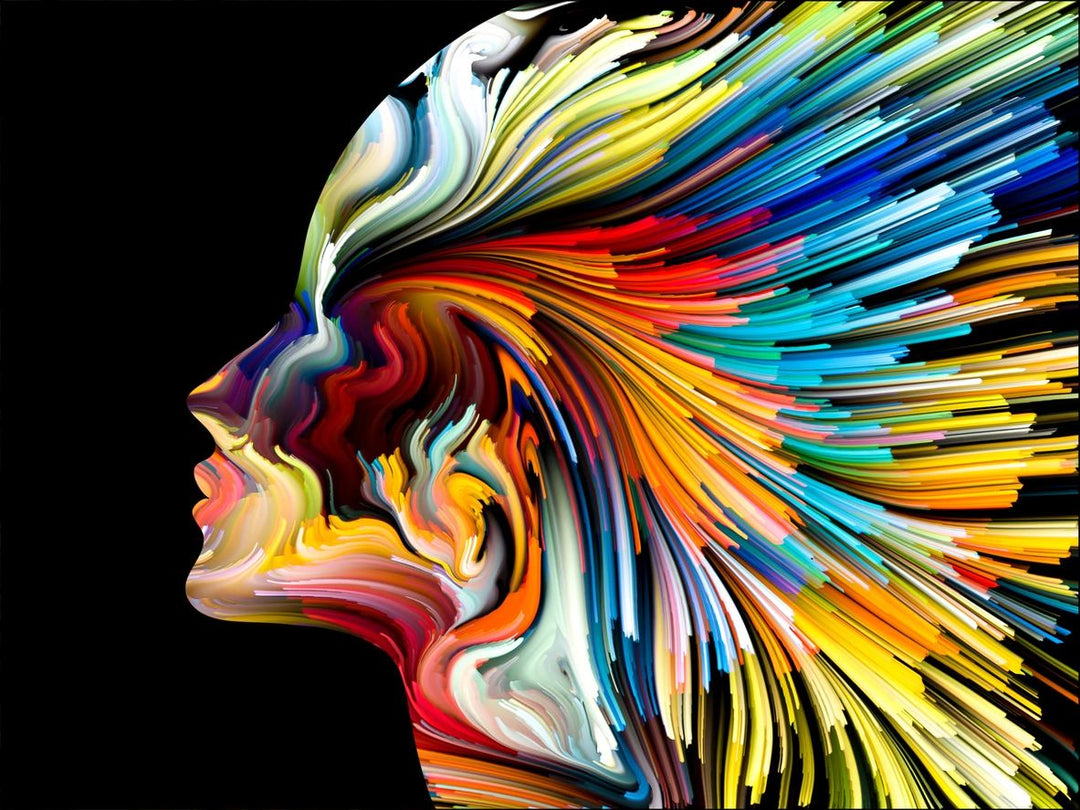
Throughout human history, attempts have been made to define exactly what the “soul” is and whether or not it can be measured. A growing number of experts in medicine, philosophy, religions, cultures, and spirituality are coming together with a view to unearthing the intricacies of the soul. What role(s) does the soul play in near-death experiences, reincarnation, and unexplained brain activity? Results have been quite revealing, to say the least. So, what do we know so far?
In 1907, Dr. Duncan MacDougall, a physician from Boston, conducted the pioneer experiment into the soul. His was rather an endeavor to quantify the existence of the soul. He operated on the hypothesis that the soul leaves the body upon death. He measured the weights of dying people just before and immediately after their deaths and recorded a weight decline of 21 grams in one of the bodies.
The Soul Transcends Religious and Spiritual Phenomenon
Nearly all religions – at least the major ones – hold the belief that all people are in essence souls and the death of the physical body does not mean the demise of the person’s soul. One thing that a majority of experts seem to agree on is the fact that there isn’t enough (at least not yet) scientific backing of what the soul really means. As a result of this, some have used religion to explain this phenomenon. Lisa Miller, a religion expert for Newsweek and author of ‘Heaven: Our Enduring Fascination with the Afterlife’ says that “religion is a language for the stuff that we don’t understand”. She further explains that the soul is more of a matter of faith rather than proof. However, that doesn’t seem satisfactory enough for someone who yearns for a fact-based, logically-driven evaluation with a scientific foundation. It certainly hasn’t stopped them from investigating.
Case and point, University of Virginia’s Division of Perceptual Studies where researchers have been investigating claims of reincarnation. With more than 2500 cases since the 1960s, one case particularly stands out; that of James Leininger.
Reincarnation of James Houston
Since he was a baby, James had unexplainable episodes of what appeared to be bizarre nightmares; perhaps even hallucinations. After a series of impossibly extraordinary yet specific coincidences, it was found that young James was reliving the life of a World War II Navy pilot called James Houston. At only three years of age, James was able to recall oddly specific details about the events that happened in the war pilot’s life in 1945. For example, he told his parents about “his” supposed plane taking off from USS Natoma and being shot down by the Japanese military. In yet another uncanny familiarity, young James asked Annie, James Houston’s sister and his only surviving relative of a painting that only she knew existed.
Dr. Jim Tucker, from the Division of Perceptual Studies, gives James a near-perfect score on the Strength of Case Scale for Reincarnation. This has been considered as one of the best-documented cases of possible reincarnation in human history.

The “Spirit” or “Soul” Is Most Conscious in Children
Western societies and views are that a child is born with a soul that is linked to the body. Christians view the body and the soul as one thing as well. Professor of Psychology at the University of California, Berkley, Alison Gopnik, considers herself to be an atheist and a materialist. However, more than 20 years of research into the minds of children has made her believe that what others describe as the “spirit” is closest to us when we are children.
Gopnik’s research has revealed that neurons in the brains of children display more activity than those in adults. She believes children’s brains do the most learning and solve the hardest problems at an incredibly fast pace. While adult brains tend to be unconscious most of the time except when learning new things, the child’s brain is almost constantly conscious of learning new things. According to Gopnik’s research increased self-awareness tends to slow down brain activity.
Could Anesthesia Be the Key to Unlocking the Origin of Consciousness and the Soul?
Despite Anesthesia being in use for more than 150 years, it still poses a mystery as to what exactly it does to the human body. Unlike sleeping, people who have been administered anesthesia never have a concept of the passage of time after waking up. They don’t dream either for the duration of anesthesia. This indicates an absence of subjective consciousness.
Dr. Stuart Hameroff is a professor in the Department of Anesthesiology and Psychology and the Director of Center for Consciousness Studies at the University of Arizona. He has studied and practiced anesthesiology for more than 35 years. According to Hameroff’s research, he believes that consciousness, which many consider being the human soul, starts in microtubules – hollow tubes contained in living cells. He further states that consciousness in these microtubules not only survives the body but can also be quantified. This is undoubtedly a controversial take that is somewhat in support of what Dr. Duncan MacDougall, in 1907, claimed; that the soul has substance. The difference between the two theories is that Dr. Hameroff’s theory believes that the soul can be measured but not weighed.

Where Do Near-Death Experiences Fall?
Studies on near-death experiences in cardiac arrest reveal that the consciousness may temporarily leave the brain. According to Dr. Peter Fenwick, former Neuropsychiatrist at King’s College Institute of Psychiatry, “when the brain is not functioning, consciousness can separate from the brain and gains information which becomes accessible when the person regains consciousness”. He believes that the mind and the brain are not the same things. Understanding these two could be the key to finding out what really happens with the soul during near-death experiences.
In Conclusion…
For a long time, hardcore scientists were skeptics in regard to the soul’s existence. Many still are. However, with more research, a lot more evidence of the soul’s existence is uncovered. Some people have interpreted these revelations as the convergence of science and religion and spirituality.
REFERENCES
Jim H., Historic Mysteries, (2007): “Weighing Human Souls – The 21 Grams Theory”. Retrieved from https://www.historicmysteries.com/amp/the-21-gram-soul-theory/
Masayoshi Ishida, ResearchGate; Journal of Scientific Exploration, (2010): “Rebuttal to Claimed Refutations of Duncan MacDougall’s Experiment on Human Weight Change at the Moment of Death”. Retrieved from https://www.researchgate.net/publication/287862066_Rebuttal_to_Claimed_Refutations_of_Duncan_MacDougall%27s_Experiment_on_Human_Weight_Change_at_the_Moment_of_Death
Jim B. Ticker, MD, Division of Perceptual Studies, University of Virginia Health System (2016): “The Case of James Leininger: An American Case of the Reincarnation Type”. Retrieved from https://med.virginia.edu/perceptual-studies/wp-content/uploads/sites/360/2017/04/REI42-Tucker-James-LeiningerPIIS1550830716000331.pdf
Alison Gopnik, Thomas L. Griffiths, and Christopher G. Lucas, University of California, Berkeley (2015): “When Younger Learners Can Be Better (or at Least More Open-Minded) Than Older Ones”. Retrieved from https://journals.sagepub.com/doi/abs/10.1177/0963721414556653
Stuart Hameroff, MD, Anesthesiology, Psychology and Center for Consciousness Studies, The University of Arizona (2013): “Consciousness in the universe: A review of the ‘Orch OR’ theory”. Retrieved from https://www.sciencedirect.com/science/article/pii/S1571064513001188
Peter Fenwick, M.D., F.R.C. Psych., Institute of Psychiatry, Kings College, London; International Association for Near Death Studies (IANDS), (Updated 2017); “Science and Spirituality: A Challenge for The 21st Century”. Retrieved from https://iands.org/research/nde-research/important-research-articles/42-dr-peter-fenwick-md-science-and-spirituality.html?showall=1
About the author Brian Rose:
As a Biohacker, I completely submerged myself in neural enhancement, receiving training in a Neuro Performance Program with Vitanya Brain Performance, and completing Vipassana, a 10-day Silent Meditation Retreat. These experiences trained my brain to change its frequency from Alpha to Beta and taught me how to move energy within my body to benefit my mind.




Leave a comment